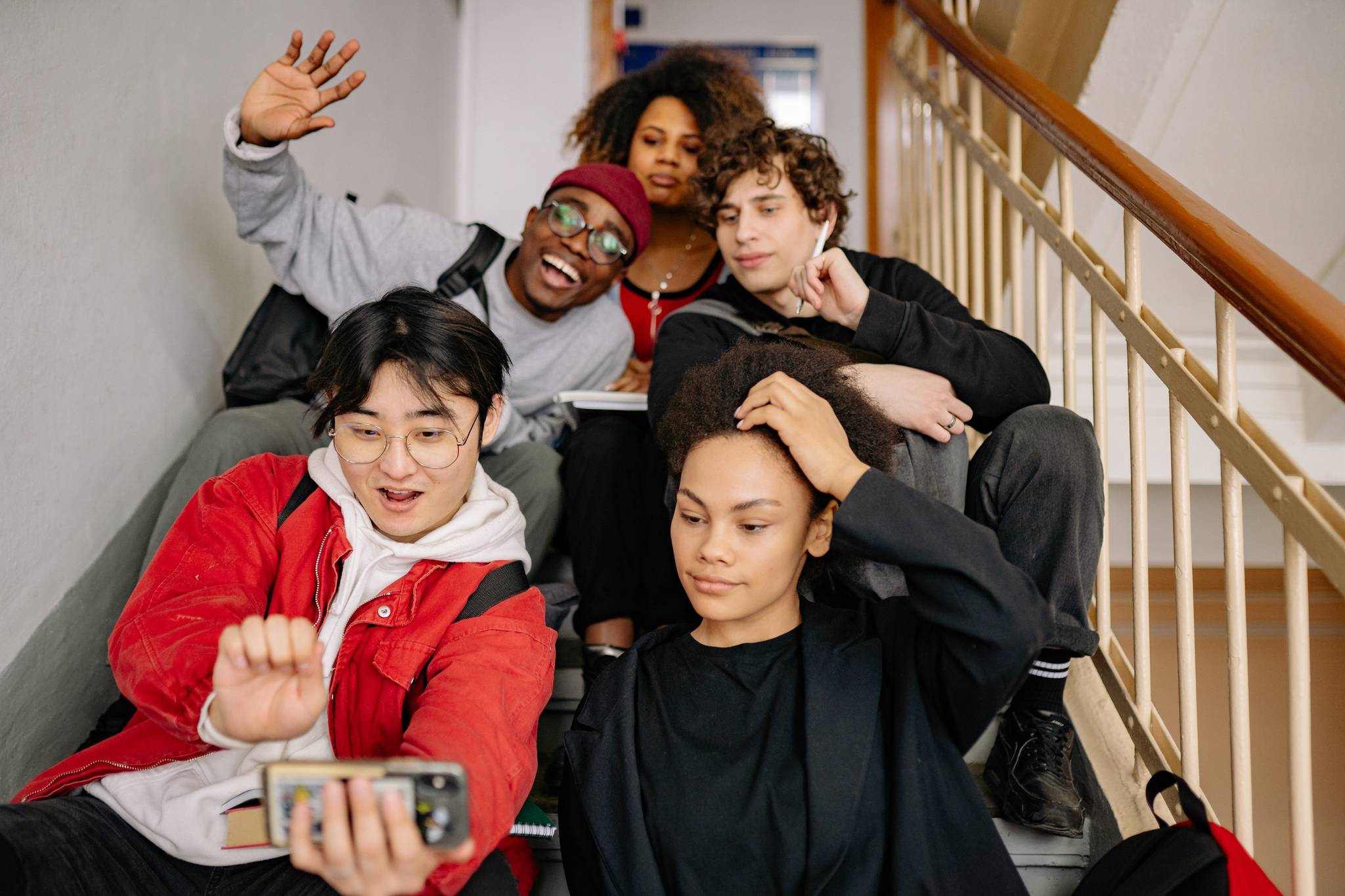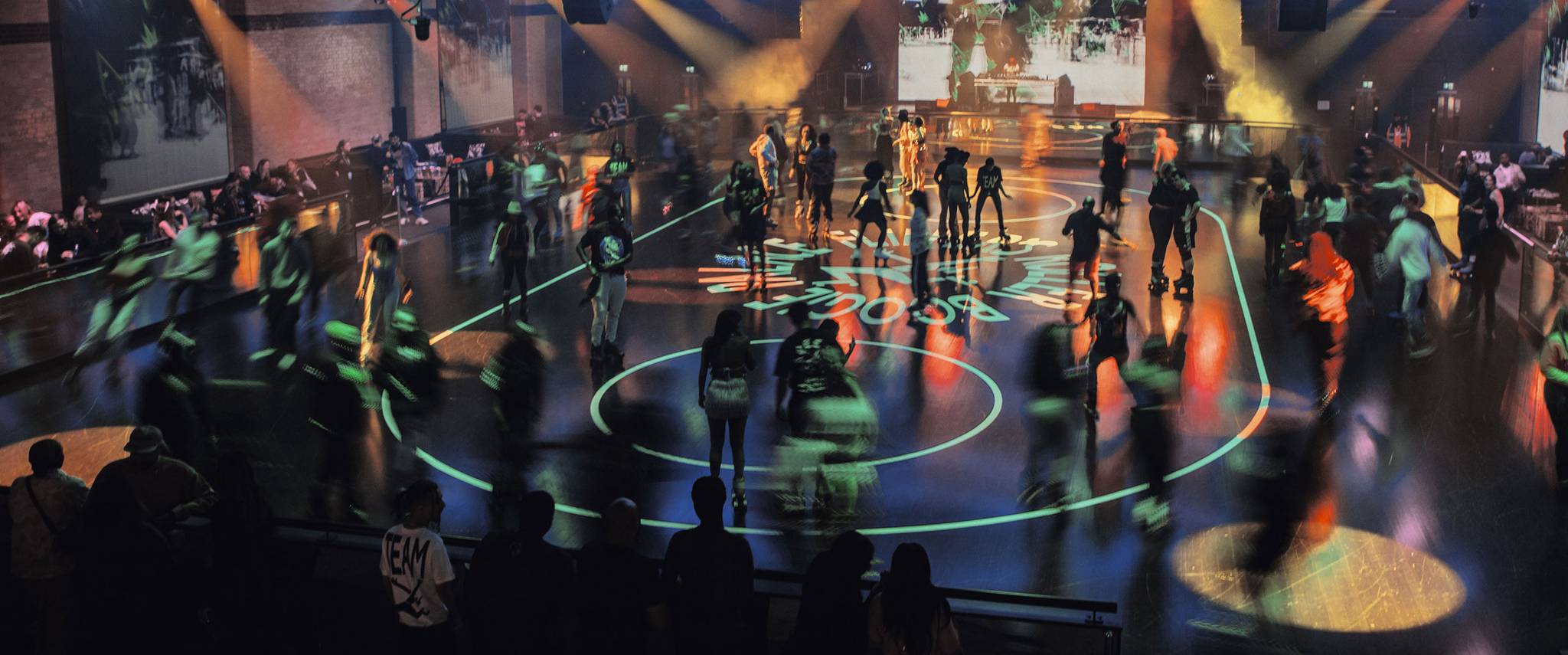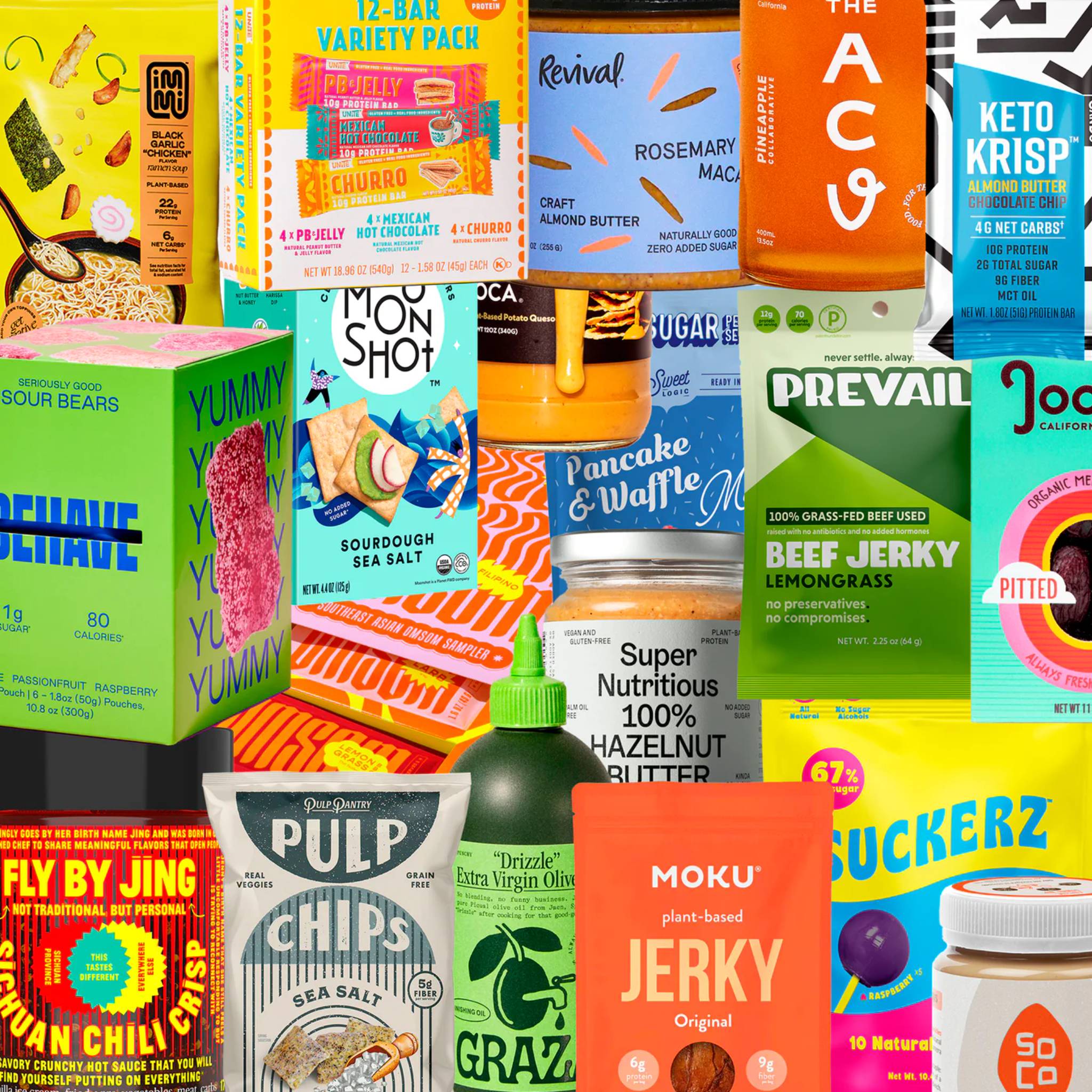
From Gen Z powering dupe culture to social media users spotlighting IRL personalities and beauty lovers valuing truth, brands are helping audiences rethink their relationships with social media content and advertising. Here are the top ten insights and behavioural shifts that got us talking in May.
📱 Social media users spotlight IRL personalities - with its rambunctious tone and spotlight on diverse personalities, Instagram account Sidetalk's self-styled “one-minute street show” gives followers a feel for the fervor of IRL interaction. Decentralised storytelling and spontaneous interactions are emerging as key markers to stand out in an overwhelming content landscape.
📍 Young Americans choose UGC - user-generated content on platforms such as YouTube and Twitch has emerged as the most popular form of content for young Americans, even over mainstream streaming services. Community and connection via people-first content are keeping younger audiences returning to digital spaces they feel are personalised and interactive.
💋 Gen Z power dupe culture - Gen Zers are mainstreaming beauty dupes in a major way. With a growing selection of inexpensive alternatives to their favourite beauty products widely available, brands that can shift the stigma around bargain products can build cultural credibility among new saver mindsets.
💡 Brands and influencers revive #ChristianCore - Christianity offers a sense of history, glamour, and ‘tribe’ while remaining a relatively non-offensive choice for cultural adoption, with many Gen Z and Y turning to mainstream trends that are growing in prominence. Late-90s and early-00s designs, silhouettes, and styles can allow brands to tap into nostalgia mindsets for younger generations.
⚽️ Modern football fans target fashion - the fashion world is desperate to gain a foothold in football, with brands ranging from Gucci to Converse entering the sport. As renewed interest in football reflects the changing attitudes of supporters, pushing for inclusivity in sports through curated collections and collaborations can empower a new generation of socially-led stylish fans.
💥 Gen Z turns away from influencers - Gen Zers are still motivated by status-driven purchasing, but many are moving away from aspirational culture and toward authentic recommendations and credible content. Authentic partnerships with influencers can still deliver, but to keep Gen Zers hooked they need to feel intentional and community oriented.
💄 Beauty connoisseurs value truth - in the increasingly noisy world of beauty media, The Unpublishable newsletter cuts through loud and clear as it says what most daren’t say about the multi-billion dollar industry. As beauty standards are redefined, breaking down barriers can create a greater sense of trust between brands and consumers.
🍯 Gen Z turns to tactile pastimes - as this digitally-native generation embraces mindful hobbies that champion joy and combat perfection fatigue, pottery and craft culture are a welcome respite from tech-driven lifestyles. By embracing alternative, offline forms of entertainment that prioritize mindfulness, brands can help dial up cathartic creativity in IRL spaces.
💸 Low-income Brazilians seek financial literacy - Brazilian YouTuber and financial expert Nath Finanças has amassed a significant fanbase thanks to her open approach to personal finances. As people look for clarity around money management, relatable influencers empower people to take control of their finances.
❣️ Online micro-communities provide security - multiple interconnected crises since the turn of the decade have highlighted the gaps in support left by governments around the world. People are turning to brands and local communities as more trustworthy sources of aid, with feeling like part of a collective allowing people to feel safe and supported.



